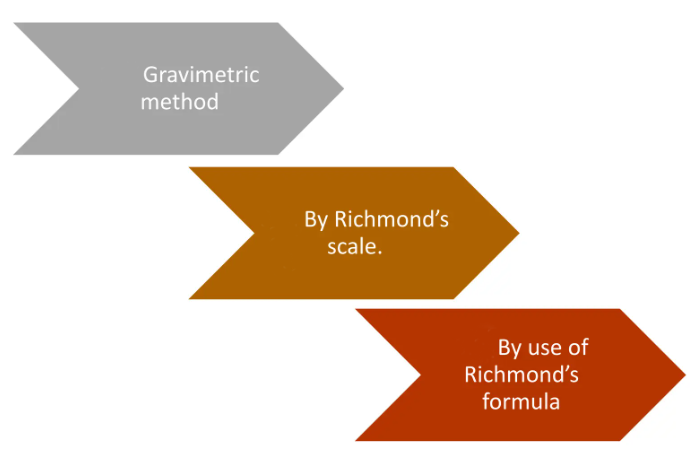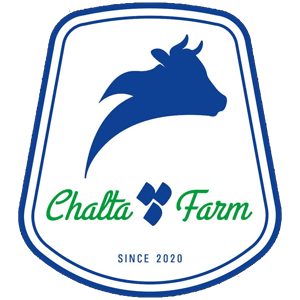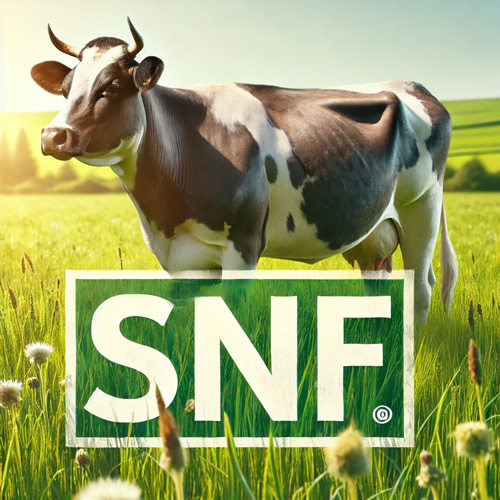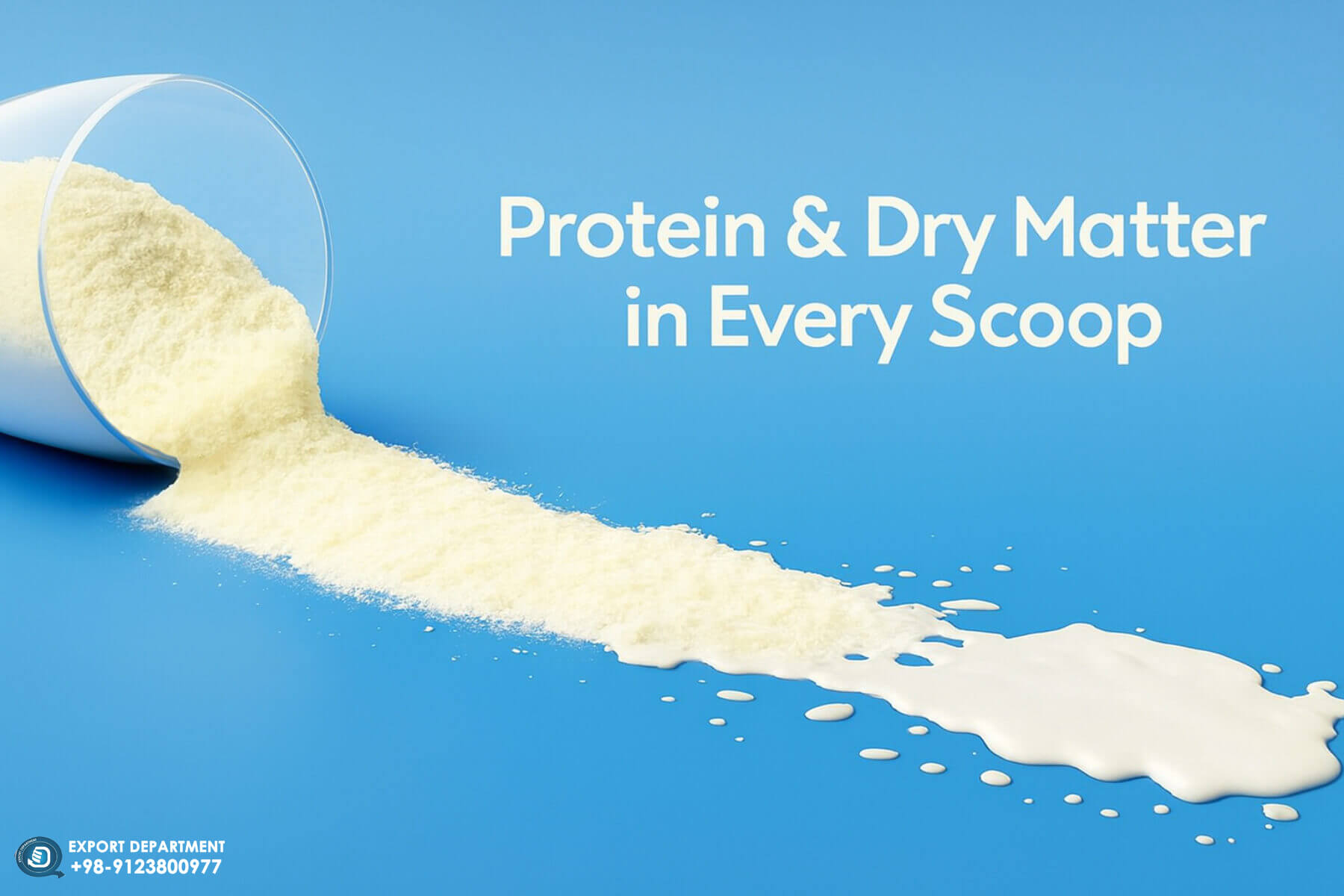What is SNF in Milk? A Guide to Measuring Solids-Not-Fat
SNF (Solid-Not-Fat) in milk refers to all the components of milk except water and butterfat, including proteins, lactose, vitamins, and minerals, which contribute significantly to its nutritional value. Measuring SNF is crucial for assessing milk quality, and methods like the gravimetric technique, Richmond’s scale, and formula are used to determine its content.
Milk is more than just its fat content—its true nutritional value lies in its other components. In this article, we explore the concept of SNF (Solid-Not-Fat) in milk, discuss its significance, explain how it is measured, and offer insights into boosting SNF levels for better quality milk.
What Is SNF in Milk?
SNF stands for Solid-Not-Fat. In simple terms, SNF encompasses all the milk components that are not water or butterfat. This includes:
-
Proteins
-
Lactose (milk sugar)
-
Vitamins
-
Calcium and other minerals
When milk is completely dehydrated, the residue left behind consists of these solids. Thus, SNF represents the nutrient-rich elements of milk that contribute significantly to its overall value and health benefits.
Why Measure SNF?
Historically, milk quality was primarily judged by its fat content. However, several key reasons have led to a broader focus:
-
Economic Importance: In 1961, the California State Legislature mandated that the solids-not-fat composition should be considered when pricing market milk.
-
Nutritional Value: As research has shown, SNF contributes vital nutrients that support bone health, reduce the risk of type 2 diabetes, and even lower coronary heart disease risk.
-
Industry Relevance: Dairy farmers, milk processors, nutritionists, and consumers now value both the fat and the SNF components to ensure high-quality, nutritious milk.
SNF Content in Different Types of Milk
The SNF content in milk varies by animal:
-
Cow Milk: Typically contains around 8.5% SNF, with about 3.5% fat.
-
Buffalo Milk: Generally richer in SNF (approximately 9.0% or even up to 8.97% in some reports), and it is also enriched with additional minerals like calcium, magnesium, and phosphorus.
How We Can Increase Milk Fat & SNF in Lactating Cows Naturally?
Increasing Milk Fat and SNF (Solid Not Fat) in lactating cows naturally requires a combination of proper nutrition, management practices, and animal health care. Here are some natural methods to boost milk quality:
Balanced Nutrition
✅ High-Quality Roughage: Provide good-quality green fodder like Alfalfa, Lucerne, Berseem, or Maize silage to improve digestibility and milk fat content.
✅ Legume Fodder: Mix legume-rich fodder with dry fodder to increase SNF levels.
✅ Dry Fodder: Include wheat straw or paddy straw in the right proportion (40-50%) for better digestion and fat production.
Energy-Rich Diet
✅ Include oil seeds like cottonseed, soybean meal, or flaxseed which are rich in natural oils and help increase fat content.
Feeding Frequency & Timing
✅ Give small and frequent meals to maintain proper digestion.
✅ Offer roughage before concentrates to increase acetate production, which directly improves milk fat.
Water Management
✅ Provide clean, fresh water at all times — water intake directly affects milk yield and SNF percentage.
Stress-Free Environment
✅ Keep cows in a comfortable, clean, and well-ventilated environment to reduce heat stress and improve milk quality.
Methods to Calculate SNF in Milk
There are three primary methods used to determine the SNF content and the overall total solids in milk:
1. Gravimetric Method
This traditional laboratory method involves:
-
Weighing a Sample: Approximately 2.5 grams of milk is placed in an accurately weighed flat-bottomed dish.
-
Heating: The sample is heated on a steam bath for 10 to 15 minutes, then in a hot air oven at 98°–100°C to evaporate the water.
-
Calculation: Once cooled to room temperature, the residue is weighed. The total solids percentage is calculated using:
Total Solids % = (Weight of residue / Weight of milk sample) × 100
Finally, the known fat percentage (determined separately) is subtracted from the total solids to yield the SNF content.
2. Richmond’s Scale
For immediate results, the Richmond’s scale is used:
-
Device Description: This mechanical device resembles a ruler with a sliding center slip.
-
Procedure:
-
Record the lactometer reading at a standard temperature of 60°F.
-
Adjust the reading according to the actual milk temperature to obtain the corrected lactometer reading (CLR).
-
Align the sliding arrow with the known fat content to directly read the percentage of total solids from the scale.
-
3. Richmond’s Formula
Another method involves using a formula based on known measurements:
Step-by-Step Process:
-
Determine the fat percentage using Gerber’s method.
-
Record the lactometer reading and the temperature to calculate the CLR.
-
Insert the values into the following formulas:
SNF % = (CLR ÷ 4) + 1.22F + 0.72
(Where CLR is the Corrected Lactometer Reading and F is the fat content.)

Frequently Asked Questions (FAQs)
How does SNF affect milk pricing?
In many regions, milk pricing considers both fat and SNF content, as SNF contributes to the overall nutritional and economic value of milk.
What causes low SNF in milk?
Low SNF levels are often caused by inadequate nutrition, such as insufficient protein and mineral intake, or seasonal variations in milk production.
What is the typical SNF content in cow milk?
Cow milk typically contains around 8.5% SNF, along with about 3.5% fat.
Is SNF regulated in milk standards?
In Iran, milk standards are regulated by the Institute of Standards and Industrial Research of Iran (ISIRI), which sets specific requirements for milk quality, including SNF (Solid-Not-Fat) content.
Which Animal Milk Has the Highest SNF?
Buffalo milk usually boasts the highest SNF content, approximately 8.97%, compared to cow milk’s 8.39%.
Conclusion
Understanding the SNF content in milk is crucial for both dairy producers and consumers. SNF represents the essential nutrients—proteins, lactose, vitamins, and minerals—that provide milk with its rich nutritional profile. Whether you are a farmer aiming to enhance milk quality or a consumer interested in the health benefits of your dairy products, knowing how to measure and improve SNF is fundamental. By using methods such as the gravimetric method, Richmond’s scale, or Richmond’s formula, one can accurately determine the SNF content. Moreover, addressing factors like nutrition and seasonal production fluctuations can significantly boost the SNF levels in milk, ensuring a superior product for all.
Armed with this comprehensive guide, you now have the insights to appreciate and manage the intricate details of SNF in milk, ultimately enhancing both its quality and nutritional value.
Read More: Understanding the pH of Milk: A Crucial Element in Dairy Quality
Read More: Analysis of Skim and Whole Milk Powder



.jpg)


.jpg)